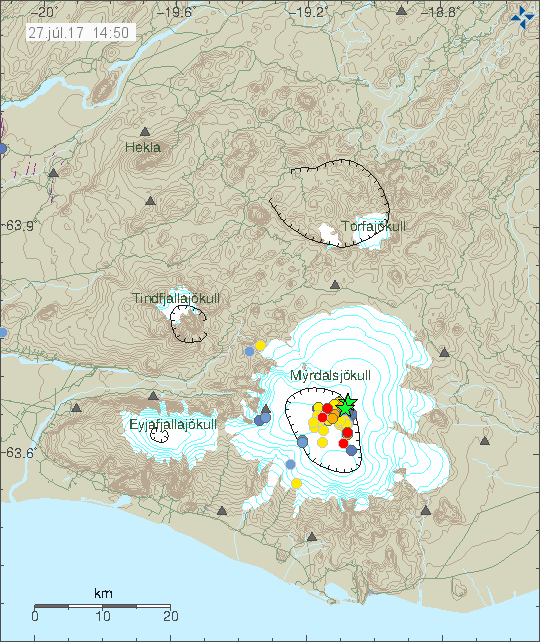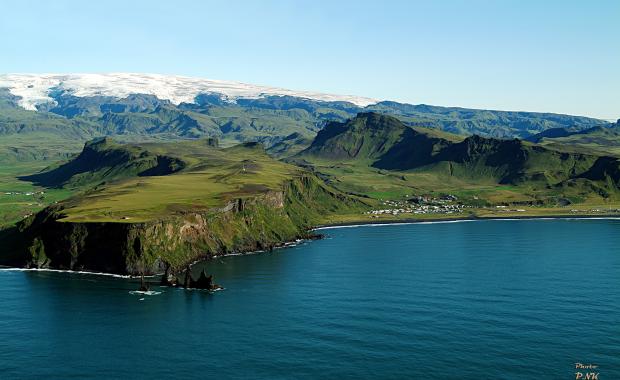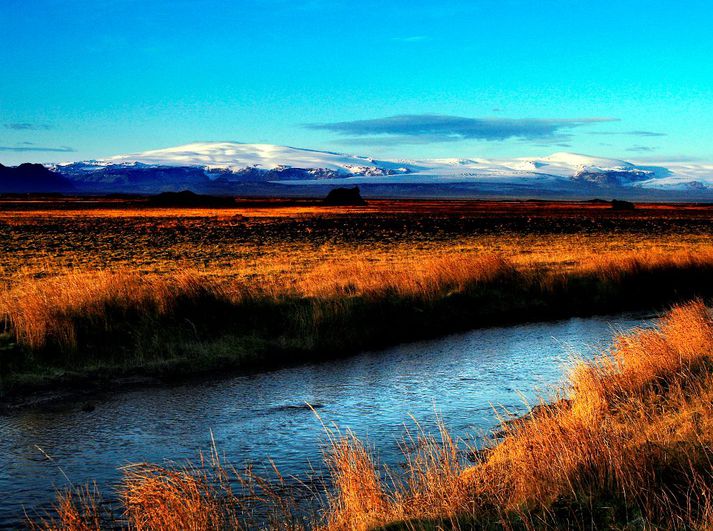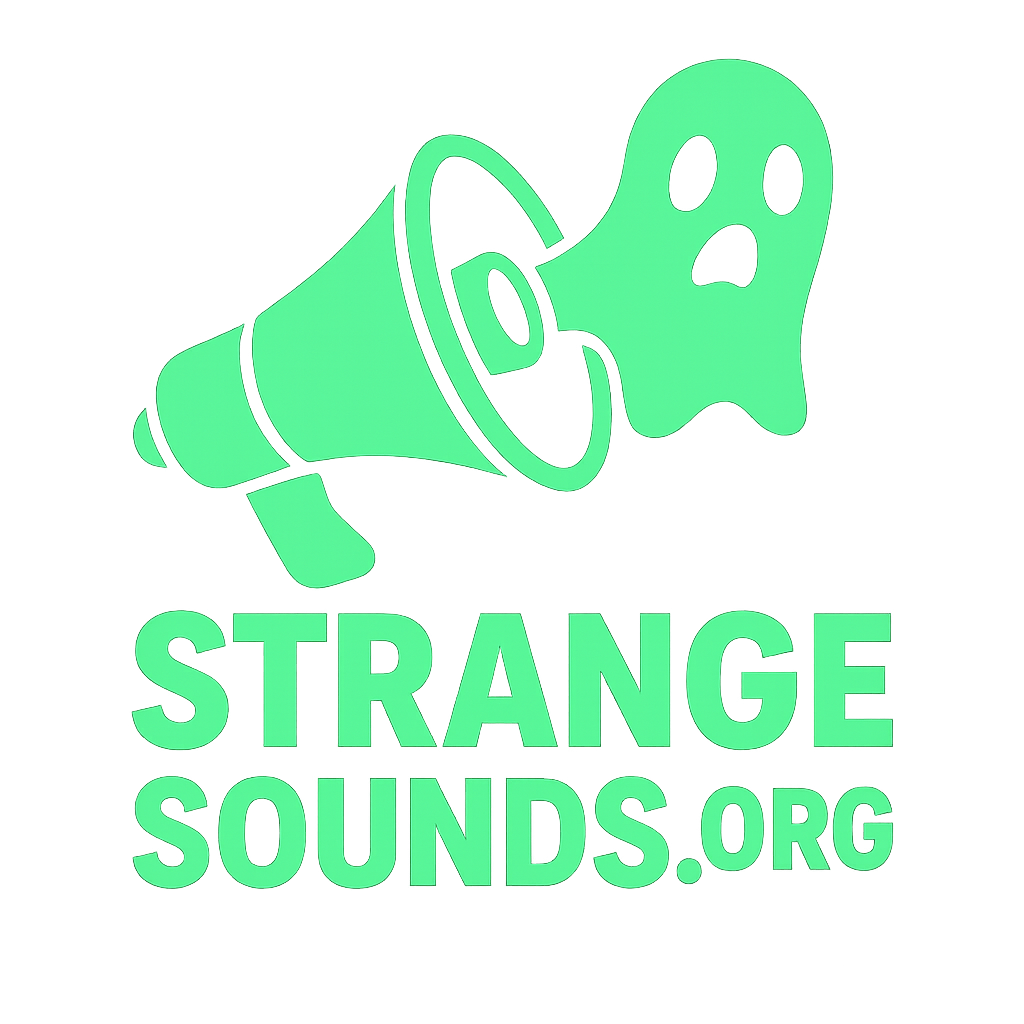The subglacial volcano Katla in Iceland was hit by a shallow M4.5 earthquake – the largest earthquake since 1977 – on July 26, 2017.
Following the quake, a strong smell of sulfur coming out of the water has descended on the town of Vík, located in the foothills of the glacier.

Katla, one of Iceland‘s most powerful volcanoes joined Reykjanes peninsula on July 26, 2017 with its own intense earthquake swarm. The largest quake in this swarm was a powerful 4.5 magnitude quake at 22:18, immediately preceded by a second 3.2 magnitude quake. The M4.5 quake in Katla was unusually large, the largest quake in Katla since 1977.
A total of 38 quakes were detected in the caldera of Katla since July 26 afternoon. Only two of the quakes were larger than magnitude 3. Both of those quakes were felt in many places in South Iceland.
Strong smell of sulfur
A strong smell of sulfur reported by many residents and tourists has descended on the town of Vík in South Iceland following yesterday’s powerful earthquake at Katla volcano. Emanating from the Múlakvísl river which carries melt water from the glacier, the smell only source is hydrogen sulfide being emitted during geothermal activity beneath the glacier.

According to previous records, this sulur smell isn’t unusual for the Múlakvísl river. But today, it was so strong that it is obviously connected to the large quake.

Katla is a major volcano with a large and powerful geothermal system connected to the rivers running from the glacier. The series of earthquakes is probably responsible for the strong release of hydrogen sulfide, which then travelled out of the glacier mixed to the water of the river. Hopefully, there will be no eruption soon!













[…] The scientists also detected significant quantities of methane and hydrogen sulfide. These gases can be present in dangerously high quantities where the rivers Emstruá and Múlakvísl emerge from beneath the glacier. People should show extreme caution when exploring ice caves in Mýrdalsjökull. […]